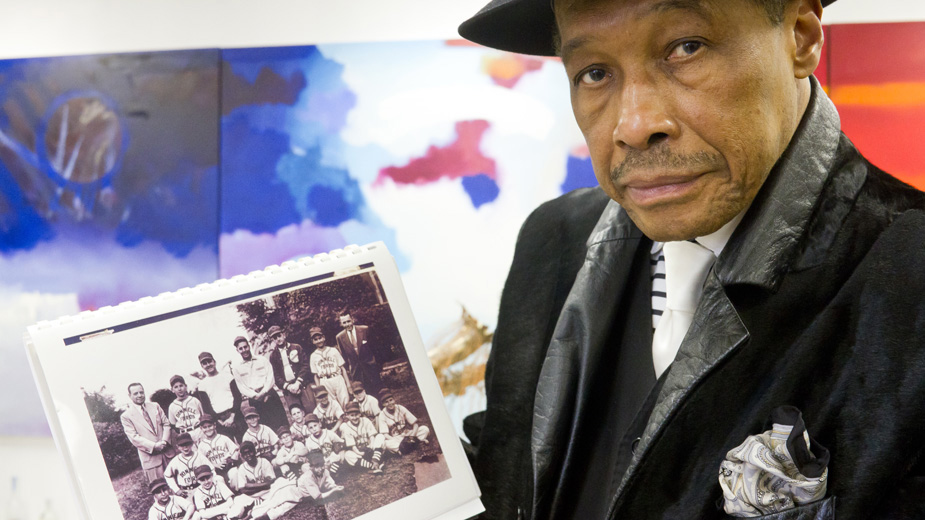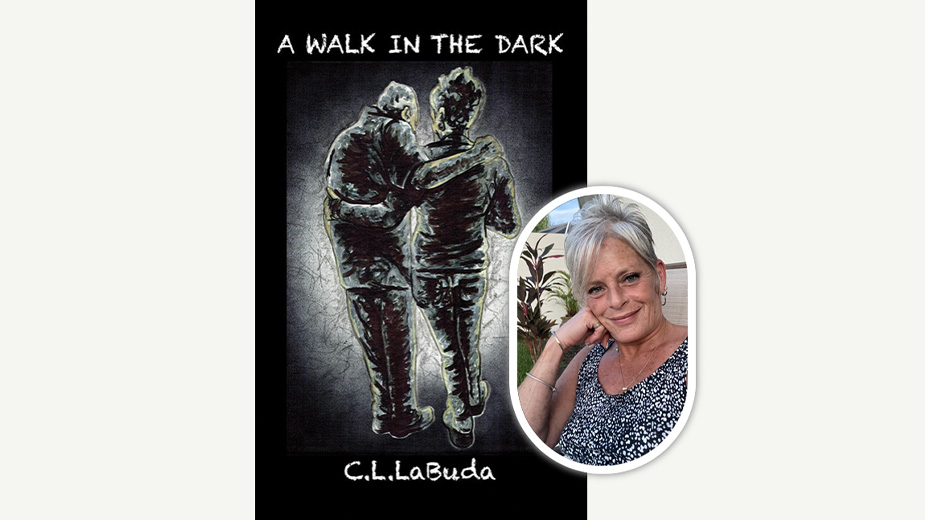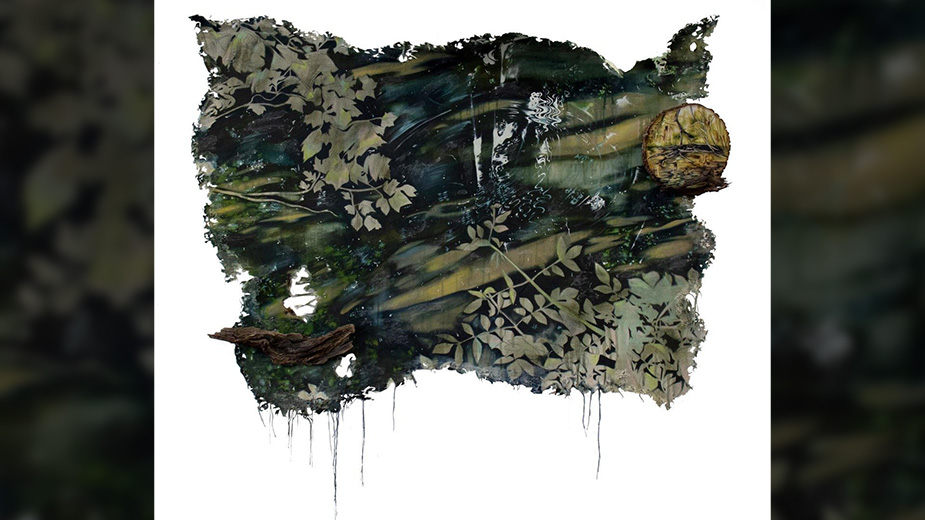Film Depicts Wrenching Event from Life of Valley Artist Al Bright
YOUNGSTOWN, Ohio – In the new movie “Origin,” by filmmaker Ava DuVernay, there is a powerful scene in which a Black youth is not permitted to enter the swimming pool area with his white teammates at a party for their baseball team.
Eventually, the adults relent and allow the boy to enter the pool, after the white people leave the water. A lifeguard pulls the boy around in a raft, because he was not permitted to touch the water.
The boy is Al Bright, who grew up in Youngstown and would go on to become one of the city’s most notable artists and educators. And the wrenching scene, which took place in 1951, illustrates the racism of that era in America and Youngstown.
Bright, who died in 2019, became the first full-time Black faculty member at Youngstown State University. He founded the Africana Studies program at YSU in 1970 and was its director for 17 years.
He became well-known in the Mahoning Valley for painting works live before an audience. His work is displayed at museums and in collections across the country, including The Butler Institute of American Art in Youngstown.
One of his pieces is currently on display at the museum as part of the “Greatness Revealed: The Art of African Americans from the Butler Collection” exhibition.
“Origin,” which was released in theaters Jan. 19 but is not currently playing in the Mahoning Valley, was adapted by DuVernay from the Pulitzer Prize-winning 2020 book “Caste: The Origins of Our Discontents” by Isabel Wilkerson. In the book, Wilkerson – who is a journalist – seeks the roots of racism and finds it in social structures such as the caste system of India, in which people are born into a hierarchy of public standing.
The segment about Bright’s childhood incident is recreated in the movie as part of a series of true stories about trauma experienced by people around the world.
Known for her thoughtful examination of race, DuVernay has also written and directed “Selma” (2014) and “13th” (2016) and the miniseries “When They See Us” (2019).
Louis A. Zona, executive director and chief curator of The Butler, was a former student of Bright’s and a longtime friend.
In an interview with epicenter-nyc.com, Zona talked about Bright and the pool incident. Bright never mentioned the story when Zona was a student in his class, but he did share it later when speaking to a local Black organization. The crowd was shocked by the revelation, according to Zona, as was he.
Zona remembered Bright as a wonderful human being and a terrific artist and teacher. “Students still talk about Professor Bright and what an influence he was on them,” Zona said in the epicenter article.
Pictured at top: The late Al Bright is shown in this 2016 photo.
Copyright 2024 The Business Journal, Youngstown, Ohio.



